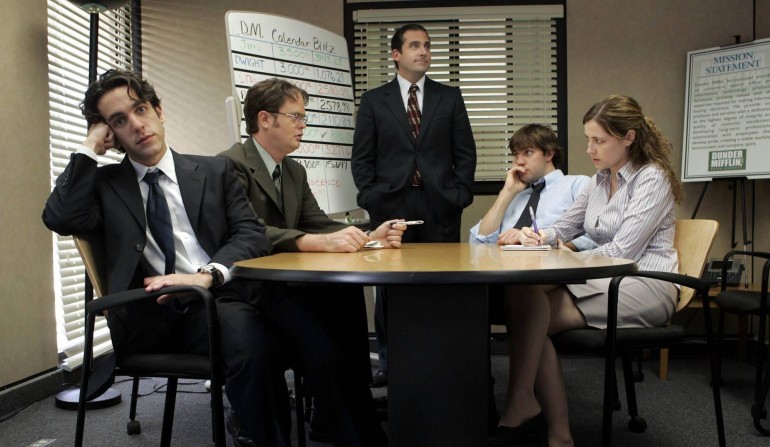
Often an organization in trouble reacts to major challenges like declining revenue, turnover, or stagnant innovation much later than when the symptoms of problems first started to become evident. The sooner you catch wind of trouble, the sooner you can take action to neutralize the problems or even transform challenges into opportunities. Some signs of weakness that show up in the earlier, more transformative stages, aren’t as obvious and can easily get overlooked when leadership has their hands full driving toward the company’s goals. But paying attention to the little things, those small details about a company’s daily behaviors can point to signs that your company is fighting the beginnings of a corporate illness. Pay attention so you can minimize the loss and strengthen the company’s “immune system” in the process.
Here are a few inconspicuous behavioral signs that might mean more is at stake.
The break room is dirty. There’s trash on the floor and dishes in the sink. The counters are dirty. The shared refrigerator smells like something died in there and old food stains the shelves. If your break room looks like this, it means people don’t care about keeping things clean and nice for themselves or other employees. A dirty break room can mean that the sense of connectedness among individuals is low. And moreover, the sense of connectedness to the company’s mission is low. If employees don’t care about throwing trash away, they might not see value in the opportunities offered by the company or lack thereof. Not taking care of the break room can serve as retaliation to return the same level of concern they’re getting from leadership.
Tardiness and absenteeism is on the rise. One long lunch here or there isn’t a deal-breaker. The same goes for occasionally leaving early to catch a kid’s T-ball game. But when employees habitually take long lunches, start to come in late, or leave early more often even if the excuses vary, or if more people call in sick and use more sick days, this could spell trouble. Excessive behaviors of lateness and missing work signify that employees have become disengaged, don’t care, and perhaps in some cases barely tolerate the work environment. It could also indicate an employee’s intentions to leave.
Bare minimum production. (A cousin of symptom #2.) It’s not that employees don’t do what they’re asked…. It’s that they don’t EVER do more. Employees never arrive a minute early or stay a minute late, no matter what is happening in the workplace. You could be short-staffed, there’s a corporate crisis to handle, or your team is about to close a monstrous deal, but if none of those inspire an employee or two to put in a little extra effort, that’s a problem. It could also manifest in the form of “presenteeism” which is the art of being at work, but not contributing engaged effort. Employees spend a lot of time staring at email, or making trips to the bathroom, but don’t volunteer to work on projects or elect to speak in meetings. They’re physically at work, but mentally they’re somewhere else.
Dressing Down. Employees press the envelope of business casual because they don’t enjoy their job, they don’t think anyone is paying attention, or because they don’t care how they’re perceived by coworkers or clients. Even if your company’s culture accepts casual-casual as business-casual, employees shouldn’t look like they rolled out of bed and fell into the office by accident. Unkept hair, wrinkled clothes, dirty shoes, and especially below standard office attire are visual signs that team morale is in decline.
Complimentary items don’t last as long. Are you refilling the office supplies more often? Do boxes of highlighters and printer paper disappear like a Black Friday sale? How about the complimentary snacks? How long do they last? If there’s an uptick in the depletion of any of these complimentary items and amenities, it could mean that employees are taking advantage of these “benefits” because they feel neglected in terms of other, more helpful, employee benefits and opportunities.
People don’t eat together. If you never see a pair or group of employees going to lunch together, that’s a sign that connections are lacking. When people eat together, they share thoughts and experiences. They maintain and grow to understand one another, and they build relationships. But if you never see colleagues getting together for lunch break banter, you can bet relationships are breaking down. Bad employee relationships mean less collaboration, feedback, innovation, trust, open communication, etc..
While these behavioral signs aren’t as obvious as quantitative measurements like dipping sales numbers and job vacancies, they show up sooner than some of the more significant symptoms. If you see any of them cropping up in your organization, take advantage of your lead time to explore the root causes and take steps to make improvements. Great companies, just like the people in them, aren’t perfect. However, great companies stay vigilant about making corrections whenever and wherever needed to avoid dire consequences.
